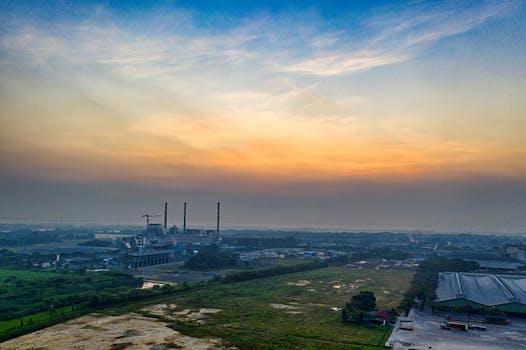Companies with the best and the worst technicals.
Lists of companies in NSE500 with the best and the worst technicals...
Lists of companies in NSE500 with the best and the worst technicals...
Lists of companies in NSE500 with the best and the worst fundamentals...
List of the latest important filings for NSE500....

A detailed analysis of the latest DPIIT Annual Report, highlighting key economic...

Analyzing the remarkable 6.9% GDP growth of India in Q4 FY25, exploring...

This article examines Elon Musk's recent comments distancing himself from the current...

In a significant turn of events for India’s energy market, the country has witnessed a remarkable surge in diesel exports in recent months. With global energy demand fluctuating and geopolitical tensions impacting energy supply chains, India's position as a key supplier of diesel is gaining traction, bringing forth a myriad of implications for its energy trade landscape.
According to the Ministry of Petroleum and Natural Gas, India’s diesel exports set a record by reaching 7.4 million metric tonnes in June 2023 alone, an increase of approximately 20% compared to the same month in the previous year. The country exported around 74 million barrels of diesel in the first half of 2023, marking a significant uptrend influenced by rising demand in Europe and Southeast Asia as they seek alternatives to Russian energy products.
The primary markets for Indian diesel exports are the European Union, which is striving to wean itself off reliance on Russian energy, and countries in Southeast Asia such as Bangladesh and Sri Lanka. The trade dynamics have shifted as European nations have ramped up diesel imports from India, leading to a profit margin increase for Indian refiners. Reports indicate that Indian refiners are selling diesel to European nations at premiums of up to $10 per barrel compared to the physical benchmark.
This surge in diesel exports has resulted in both opportunities and challenges for the Indian domestic market. While it provides an avenue for Indian refiners to optimize operations and increase profitability, it also raises concerns regarding domestic supply. As refiners direct a greater portion of their diesel production toward exports, potential shortages or pricing volatility could ensue in the domestic market.
Supporting this export growth is the Indian government’s strategic push to enhance the refining capacity and efficiency of existing facilities. The Petroleum and Natural Gas Regulatory Board has initiated several reforms aimed at enhancing operational fluidity for exporters. Furthermore, the government is reinforcing pipelines and logistics to streamline the export process, particularly through ports like JNPT (Jawaharlal Nehru Port Trust) and Mundra Port, both pivotal in facilitating increased trade volumes.
Geopolitical considerations also play a crucial role in this paradigm shift. The ongoing conflict in Ukraine has induced many Western nations to impose sanctions on Russian energy exports, effectively creating a vacuum that India seems poised to fill. The sanctions have prompted a re-evaluation of supply chains, and India’s ability to produce diesel affordably has made it a reliable alternative for many countries.
With the International Energy Agency (IEA) projecting global oil demand to reach an average of 103 million barrels per day by 2024, the implications for Indian diesel exports appear largely positive. Analysts indicate that India could further capitalize on its refining infrastructure, ideally positioning itself as a leading diesel exporter. This could translate into significant revenue opportunities—estimates suggest potential earnings could reach $20 billion for the country if current trends persist.
Despite the economic advantages, the surge in diesel exports raises vital questions regarding environmental sustainability. The diesel, primarily derived from crude oil, poses challenges in terms of carbon emissions. The Indian government is also advocating for a transition toward renewable energy sources, with the aim of achieving 500 GW of renewable energy capacity by 2030. As such, the reliance on fossil fuels must be balanced with sustainable practices and initiatives to reduce environmental impact.
The surge in diesel exports represents a transformative moment in India’s energy trade, influenced by both domestic refining capabilities and global energy dynamics. As India continues to navigate the complexities of global energy politics and domestic energy security, the implications of this trend could reshape not just its energy market, but also its economic future.

This article delves into the development saga of the Kaveri engine for...

The rise and fall of Byju's, the influential EdTech company, detailing its...